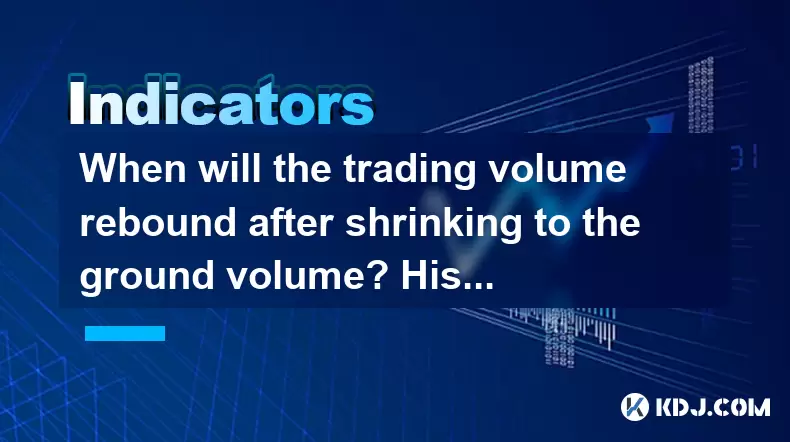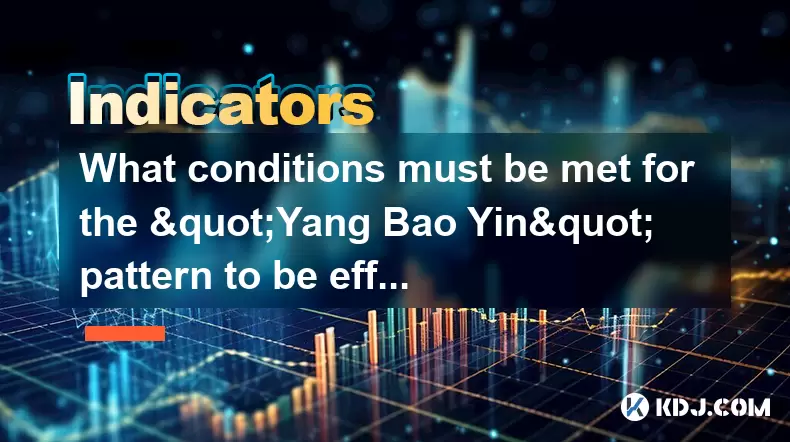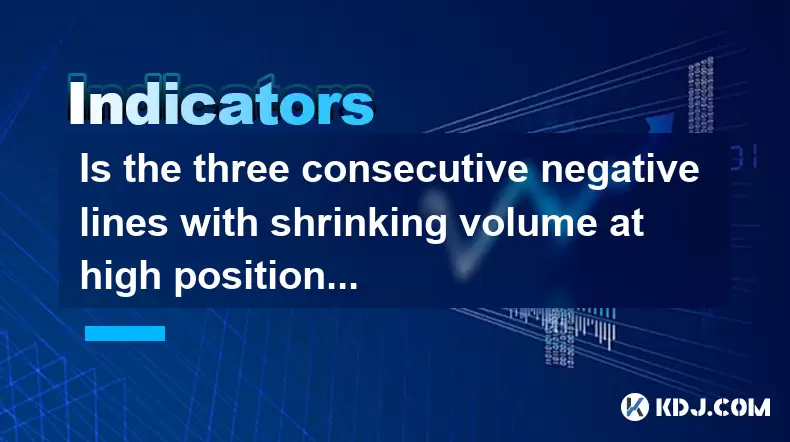-
 Bitcoin
Bitcoin $105,398.5023
1.75% -
 Ethereum
Ethereum $2,555.2076
3.43% -
 Tether USDt
Tether USDt $1.0004
-0.02% -
 XRP
XRP $2.1420
2.09% -
 BNB
BNB $651.8274
1.41% -
 Solana
Solana $146.6120
2.90% -
 USDC
USDC $0.9998
-0.01% -
 Dogecoin
Dogecoin $0.1773
3.19% -
 TRON
TRON $0.2715
0.86% -
 Cardano
Cardano $0.6350
1.86% -
 Hyperliquid
Hyperliquid $41.6576
9.72% -
 Sui
Sui $3.0264
2.34% -
 Bitcoin Cash
Bitcoin Cash $444.9663
11.29% -
 Chainlink
Chainlink $13.2560
2.72% -
 UNUS SED LEO
UNUS SED LEO $9.0324
1.94% -
 Avalanche
Avalanche $19.1824
2.67% -
 Stellar
Stellar $0.2586
1.47% -
 Toncoin
Toncoin $3.0063
2.58% -
 Shiba Inu
Shiba Inu $0.0...01205
4.59% -
 Hedera
Hedera $0.1580
3.52% -
 Litecoin
Litecoin $86.0051
4.95% -
 Polkadot
Polkadot $3.8023
2.34% -
 Ethena USDe
Ethena USDe $1.0005
0.01% -
 Monero
Monero $309.1882
1.96% -
 Dai
Dai $1.0000
0.01% -
 Bitget Token
Bitget Token $4.5486
1.61% -
 Uniswap
Uniswap $7.5266
8.36% -
 Pepe
Pepe $0.0...01113
5.10% -
 Aave
Aave $288.7607
8.66% -
 Pi
Pi $0.5784
4.89%
When will the trading volume rebound after shrinking to the ground volume? Historical percentile comparison method
"Ground volume in crypto signals extreme illiquidity, often followed by volatility rebounds when new catalysts emerge, as seen in historical market cycles."
Jun 13, 2025 at 03:36 pm

Understanding the Ground Volume Concept in Cryptocurrency Markets
In cryptocurrency trading, "ground volume" refers to a period when the trading volume of a particular asset or market drops significantly, often reaching multi-month or even multi-year lows. This phenomenon typically signals a lack of interest from traders and investors, suggesting that the asset has entered a phase of dormancy. During such periods, market participation is minimal, and price movements tend to be subdued due to the absence of strong buying or selling pressure.
This low-volume environment can occur for various reasons, including prolonged bear markets, regulatory uncertainty, or the loss of media attention. Understanding what constitutes ground volume requires historical data analysis, as well as an understanding of how volume interacts with price action over time.
What Historical Percentile Comparison Method Reveals About Volume Rebounds
The historical percentile comparison method is a statistical approach used to evaluate current trading volumes against historical levels. By analyzing where the current volume stands relative to its historical distribution—such as being in the 5th percentile—it becomes possible to determine whether the market is unusually quiet or active.
Using this method involves collecting historical volume data across consistent intervals (e.g., daily, weekly), calculating percentiles, and then comparing the current volume level to those benchmarks. When the trading volume falls into the lowest percentile range (e.g., below the 10th percentile), it indicates that the market is experiencing extreme illiquidity. Historically, such conditions have often been followed by volatility expansions and eventual rebounds in volume, especially when new catalysts emerge.
How Past Market Cycles Reflect Volume Rebound Patterns
Cryptocurrency markets are known for their cyclical nature, and historical data reveals recurring patterns in volume behavior. For example, during the 2018–2019 bear market, Bitcoin's trading volume dropped sharply after the December 2017 peak. However, starting in early 2019, volume began to rise again as institutional interest grew and news around Libra and halving events gained traction.
Analyzing these cycles shows that volume rebounds typically precede major price moves. In many cases, increased volume serves as an early signal of accumulation or distribution phases. Therefore, identifying when volume reaches historically low levels can offer strategic insights into potential future market activity.
Key Factors That Influence Trading Volume Recovery
Several factors contribute to the recovery of trading volume after it hits the ground:
- Market Sentiment Shifts: Positive developments such as ETF approvals, macroeconomic easing, or favorable regulatory updates can reignite investor interest.
- Price Volatility Resurgence: Sudden price movements often attract traders back into the market, increasing volume organically.
- Technological Advancements: Upgrades like network forks, scalability solutions, or integration with DeFi protocols can reinvigorate user engagement.
- Media Coverage and Public Interest: High-profile endorsements or viral trends on social platforms can drive traffic and volume spikes.
Each of these elements plays a crucial role in determining how quickly and strongly the market responds once volume begins to recover.
Step-by-Step Guide to Applying the Historical Percentile Method for Volume Analysis
To apply the historical percentile comparison method effectively, follow these steps:
- Collect Historical Data: Obtain at least one year’s worth of daily or weekly volume data for the cryptocurrency in question.
- Normalize the Data: Ensure consistency by using the same time intervals and adjusting for any anomalies or outliers.
- Calculate Percentiles: Use statistical software or spreadsheet tools like Excel to calculate the 10th, 25th, 50th, 75th, and 90th percentiles of the volume data.
- Compare Current Volume: Plot the most recent volume figures against these percentile thresholds to assess whether the current level is unusually low.
- Monitor Trends Over Time: Track how the volume evolves week by week to detect early signs of a rebound.
By following this structured approach, traders and analysts can gain actionable insights into when the market may be preparing for a shift.
Identifying Early Signals of Volume Rebound Using On-Chain Metrics
Beyond traditional volume metrics, on-chain analytics provides additional layers of insight into potential volume rebounds. Key indicators include:
- Exchange Inflows and Outflows: A sudden increase in coins moving onto exchanges may indicate that holders are preparing to sell or trade, potentially signaling higher volume ahead.
- Whale Activity: Large wallets making significant transactions often precede broader market movement.
- Active Addresses Growth: An uptick in the number of unique addresses interacting with the blockchain can reflect renewed interest.
- Transaction Count and Fees: Rising transaction fees suggest growing network congestion, which often correlates with rising demand.
Combining these on-chain signals with volume percentile data offers a more comprehensive view of market health and potential inflection points.
Frequently Asked Questions
Q: Can ground volume occur for altcoins differently than for Bitcoin?
Yes, altcoins often experience more pronounced and frequent ground volume episodes compared to Bitcoin. This is because they generally have lower liquidity and are more sensitive to shifts in market sentiment or exchange listings/delisting events.
Q: Does ground volume always lead to a rebound in trading activity?
Not necessarily. While historical data shows that ground volume is often followed by a rebound, there are exceptions—especially when projects fail, communities disband, or regulatory actions permanently impair an asset’s viability.
Q: How long does it usually take for volume to rebound after hitting ground levels?
The duration varies depending on the underlying cause of the volume drop. In some cases, rebounds happen within weeks (e.g., after a temporary market panic), while others may take months if the decline is tied to structural issues or prolonged bear markets.
Q: Is the historical percentile method applicable to other financial assets beyond crypto?
Yes, this analytical technique is widely used across traditional financial markets, including equities, commodities, and forex. It helps identify unusual trading behaviors regardless of asset class, making it a versatile tool for comparative analysis.
Disclaimer:info@kdj.com
The information provided is not trading advice. kdj.com does not assume any responsibility for any investments made based on the information provided in this article. Cryptocurrencies are highly volatile and it is highly recommended that you invest with caution after thorough research!
If you believe that the content used on this website infringes your copyright, please contact us immediately (info@kdj.com) and we will delete it promptly.
- Hyperliquid's HYPE token has reached a new all-time high
- 2025-06-14 11:20:13
- Introduction to Pump.fun Token Launch Progress
- 2025-06-14 11:20:13
- Introduction: The Dawn of Altcoin ETF Summer
- 2025-06-14 11:15:13
- Coinbase vs. Crypto.com - Which exchange is right for you?
- 2025-06-14 11:15:13
- The 50‑day moving average for Dogecoin recently dipped below the 200‑day
- 2025-06-14 11:10:12
- mETH Protocol Integrates with Hong Kong–based OSL to Expand Institutional Access to Liquid Staking
- 2025-06-14 11:10:12
Related knowledge

How to calculate the probability of trend continuation after the MACD column divergence?
Jun 14,2025 at 08:01am
Understanding MACD Column DivergenceThe Moving Average Convergence Divergence (MACD) is a widely used technical indicator in cryptocurrency trading. The MACD column, also known as the histogram, represents the difference between the MACD line and the signal line. When price makes a new high or low but the MACD histogram does not confirm this movement, a...

What are the volume requirements for adjusting the K line in the "rising three methods" pattern?
Jun 14,2025 at 07:50am
Understanding the 'Rising Three Methods' Pattern in Cryptocurrency TradingThe 'rising three methods' pattern is a bullish continuation candlestick formation that traders often use to identify potential upward momentum in cryptocurrency price charts. This pattern typically appears during an uptrend and suggests that the trend is likely to continue after ...

What conditions must be met for the "Yang Bao Yin" pattern to be effective?
Jun 14,2025 at 06:42am
Understanding the 'Yang Bao Yin' Pattern in Cryptocurrency TradingThe Yang Bao Yin pattern is a candlestick formation commonly observed in technical analysis within the cryptocurrency market. This pattern typically signals a potential bullish reversal after a downtrend. However, for this pattern to be effective and reliable, certain conditions must be m...

Is the three consecutive negative lines with shrinking volume at high positions a signal that the main force has finished shipping?
Jun 14,2025 at 09:56am
Understanding the Concept of Three Consecutive Negative LinesIn cryptocurrency trading, three consecutive negative lines refer to a situation where an asset's price chart shows three successive candlesticks with closing prices lower than their opening prices. This pattern typically indicates bearish sentiment in the market. When this occurs at high posi...

Is it an opportunity for the long positive line with large volume to break through the platform and then shrink back?
Jun 14,2025 at 04:42am
Understanding the Long Positive Line with Large VolumeIn technical analysis, a long positive line refers to a candlestick pattern where the closing price is significantly higher than the opening price, often indicating strong buying pressure. When this occurs alongside large volume, it suggests that market participants are actively involved in pushing t...

How to grasp the 60-minute KD oversold + 15-minute bottom divergence?
Jun 14,2025 at 06:15am
Understanding the 60-Minute KD Oversold SignalThe KD indicator, also known as the Stochastic Oscillator, is a momentum oscillator that compares a particular closing price of a cryptocurrency to its price range over a given time period. When analyzing 60-minute charts, traders often look for oversold conditions in the KD line, which typically occur when ...

How to calculate the probability of trend continuation after the MACD column divergence?
Jun 14,2025 at 08:01am
Understanding MACD Column DivergenceThe Moving Average Convergence Divergence (MACD) is a widely used technical indicator in cryptocurrency trading. The MACD column, also known as the histogram, represents the difference between the MACD line and the signal line. When price makes a new high or low but the MACD histogram does not confirm this movement, a...

What are the volume requirements for adjusting the K line in the "rising three methods" pattern?
Jun 14,2025 at 07:50am
Understanding the 'Rising Three Methods' Pattern in Cryptocurrency TradingThe 'rising three methods' pattern is a bullish continuation candlestick formation that traders often use to identify potential upward momentum in cryptocurrency price charts. This pattern typically appears during an uptrend and suggests that the trend is likely to continue after ...

What conditions must be met for the "Yang Bao Yin" pattern to be effective?
Jun 14,2025 at 06:42am
Understanding the 'Yang Bao Yin' Pattern in Cryptocurrency TradingThe Yang Bao Yin pattern is a candlestick formation commonly observed in technical analysis within the cryptocurrency market. This pattern typically signals a potential bullish reversal after a downtrend. However, for this pattern to be effective and reliable, certain conditions must be m...

Is the three consecutive negative lines with shrinking volume at high positions a signal that the main force has finished shipping?
Jun 14,2025 at 09:56am
Understanding the Concept of Three Consecutive Negative LinesIn cryptocurrency trading, three consecutive negative lines refer to a situation where an asset's price chart shows three successive candlesticks with closing prices lower than their opening prices. This pattern typically indicates bearish sentiment in the market. When this occurs at high posi...

Is it an opportunity for the long positive line with large volume to break through the platform and then shrink back?
Jun 14,2025 at 04:42am
Understanding the Long Positive Line with Large VolumeIn technical analysis, a long positive line refers to a candlestick pattern where the closing price is significantly higher than the opening price, often indicating strong buying pressure. When this occurs alongside large volume, it suggests that market participants are actively involved in pushing t...

How to grasp the 60-minute KD oversold + 15-minute bottom divergence?
Jun 14,2025 at 06:15am
Understanding the 60-Minute KD Oversold SignalThe KD indicator, also known as the Stochastic Oscillator, is a momentum oscillator that compares a particular closing price of a cryptocurrency to its price range over a given time period. When analyzing 60-minute charts, traders often look for oversold conditions in the KD line, which typically occur when ...
See all articles

























































































